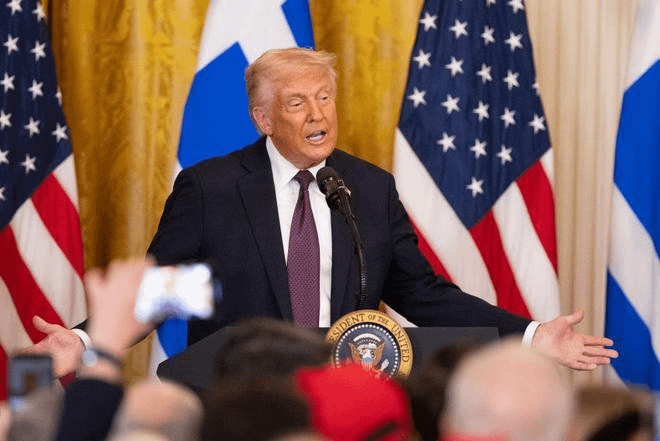Trump’s Reciprocal Tariffs: Key Details
On April 2, 2025, former U.S. President Donald Trump signed an executive order imposing “reciprocal tariffs” on major trading partners, aiming to match foreign trade barriers.
Key Measures
- 10% baseline tariff (effective April 5)
- Higher targeted tariffs (effective April 9):
- China: 34%
- EU: 20%
- Cambodia: 49%
- Auto tariffs raised to 25% (effective April 3)
Market Reactions
- U.S. stocks plunged: S&P 500 futures fell over 3.5%, tech stocks (Apple, Tesla, Amazon) hit hard.
- Gold surged: Safe-haven demand pushed gold to $3157/oz.
- Foreign investors’ view: Goldman Sachs and Deutsche Bank remain bullish on Chinese assets due to low valuations.
Global Responses
- Retaliatory tariffs expected: EU and China have vowed countermeasures.
- Corporate warnings: Ford and GM say higher costs could lead to job cuts.
Final Thoughts
Trump’s tariffs may protect certain industries in the short term, but a prolonged trade war could disrupt supply chains and fuel inflation. Past trade conflicts (e.g., 2018 U.S.-China tensions) show that tariffs often hurt both sides.
The market’s sharp reaction—falling stocks and rising gold—signals investor caution. If retaliatory tariffs escalate, global growth could suffer.
































